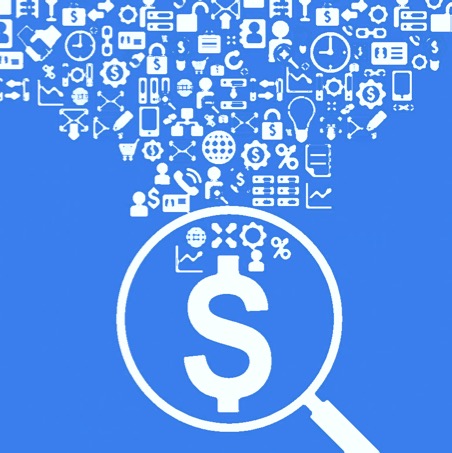Microeconomics Or Big Data: Who Is Driving Pricing?

A weird thing which often happens when we search online for a hotel, a flight, rather than a rental car, is the significant prices oscillation. If we search for a hotel, late in the night, at home, using a MacBook Pro it has one price, while if we search the same hotel, but at noon, at work, using a 10-year-old laptop it has another price. And this might happen for a flight, for a rental car, and so forth. Of course, this is not random. Behind are several reasonings, ranging from sociology to economics, passing through one of the most relevant IT trends: Big Data.
The term “Big Data” describes the large volume of structured and unstructured data that inundates a business. [1] Going a little in depth, big data can be described through the so-called “Four Vs”: volume (there is a myriad of data), velocity (data is processing rapidly), variety (data has different forms), and veracity (data is uncertain). [2]
Nowadays, data is considered a key asset for each business, a real source of power and profit. Indeed, thanks to the continuous and dramatic development of the new technologies, data cannot only be gathered in a vast amount, but it can also be analysed in detail. This allows to transform lots of unstructured and insignificant numbers in precise and precious information.
Big Data has broad applications, from cure disease and prevent cancer, to prevent crime and feed the hungry. [3] In addition to these ethically remarkable purposes, there are others that are mainly business-driven. For instance, price discrimination.
The basic principles of microeconomics state that prices are determined by the market, when demand and supply meet. That said, firms can decide to shape their supply according to the customers, to better tailor it to them and boosting earnings. From a theoretical viewpoint, price discrimination can be applied in three different ways.
The “third-degree price discrimination” concerns selling the same product (or service) at different prices according to different consumers’ groups; for instance, the moviegoers pay a different ticket price according to their age, since usually a retired man has a lower spending capacity than a manager at the peak of his career.
The “second-degree price discrimination” is based on product quality or quantity; for example, airline ticket classes, in which the higher the class, the more expensive the ticket, or bulk discounts, where the more you get, the less you pay. [4]
Finally, there’s the “first-degree price discrimination” (also known as “perfect price discrimination”), in which businesses tailor prices to ensure each customer pays the highest price he is willing to pay for a certain good; for instance, it occurs when we buy a car, in which the sticker price is just a starting point and then all it’s up to the haggling.
Big Data is used for facilitate this latter kind of price discrimination. [5] Indeed, according to some simulations, this type of discrimination might increase the profit substantially more (12.2%) than just a demographic distinction (0.8%) – albeit others display how more customers’ information leads to an enhancement of competition which might even worse off profitability. [6]
This kind of price discrimination is legal, since it’s not based on race, ethnicity, gender, or religion, although as technology advances, regulations must keep up. In any case, it exists and has both benefits and drawbacks, which depend on the perspective you analyse the issue.
Sellers’ perspective. Companies can estimate precisely the demand curve and offer products with the maximum prices a customer can bear, which means a growth in revenues for the companies but the elimination of the consumer surplus, which might involve changes in consumption patterns and cause a drop in aggregated demand. [7]
Consumers’ viewpoint. This kind of discrimination boosts firms’ competition on prices, efficiency and customer experience, and – at least theoretically – it might imply a better customers’ segmentation: the lower your income, the lower your price (and vice versa). [8] On the opposite, worrisome issues might pop up in risk-based pricing, i.e. customers are priced out of the market because of a factor they cannot control, e.g. if health insurance were prohibitively expensive for a person with a genetic disability. [9]
The disruptive soul of technology is somehow straining even the basic principles of microeconomics. That’s fine: companies have to review their price-setting strategies, while customers have to be more aware of this matter.
Big Data can be a powerful tool to provide a better matching between demand and supply needs. It shouldn’t be just a way to violate customers’ privacy, to confuse their preferences, and to crumble their budget constraints.
The new, potent Big Data ought to take care of the old, dear microeconomics.
Sources:
[1] https://www.sas.com/en_us/insights/big-data/what-is-big-data.html
[2] https://www.ibmbigdatahub.com/sites/default/files/infographic_file/4-Vs-of-big-data.jpg
[4] https://www.forbes.com/sites/neilhowe/2017/11/17/a-special-price-just-for-you/#7f36552090b3
[5] https://equitablegrowth.org/big-data-price-discrimination/
[6] http://bruegel.org/2017/02/big-data-and-first-degree-price-discrimination/


